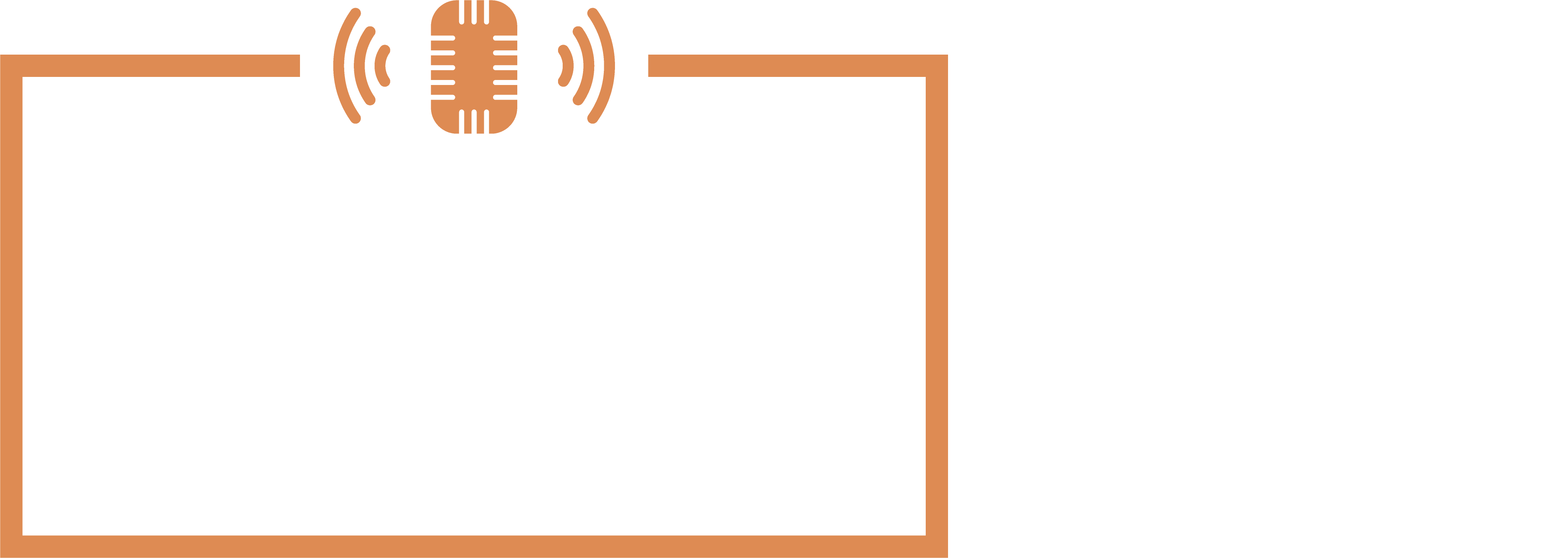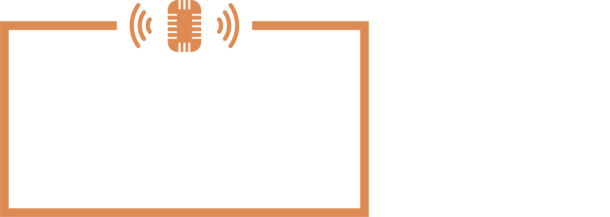A
ACCESS OPENING: The process of cutting an opening or hole in the back side of a panel or rail to gain access to a buckle or deformation in the metal for repair purposes.
ANALYZE REPAIR PROCEDURES: The process of using the information from the measurements obtained as well as the information from a visual inspection to formulate a repair plan in which the structural integrity will be restored to the vehicle.
B
BEND: Damage to a frame rail or structural component in which the component is out of correct dimensional specification but is not severely weakened. The damage to a component has no sharp edges on the damage and forms a smooth transition from the undamaged area to the damaged area. A bend can normally be repaired without any permanent deformation to the metal.
BODY TWIST: A condition to a unibody in which the datum plane of the vehicle is out of specifications from side to side and front to rear. An example of this type of damage is if a vehicle is high in the left front, low in the right rear and the rocker panels are not parallel to each other.
BUCKLE: A condition to a frame rail, reinforcement or apron from which a visible compression from stress is evident.
C
CENTERLINE BOW: A condition in which the center section is out of tolerance to the vehicle center line. It is normally due to a hard impact to the side of the vehicle. This condition has often been referred to as banana.
CONTROLLED DIMENSIONING: The process of aligning a suspension mounting point, arm or other control point or bracket which may not be a part of the actual frame rail but is crucial to proper wheel or body alignment.
COSMETIC RESTORATION: The process of restoring the factory appearance to a repaired rail, apron, pillar, rocker panel or other structural component. Also is used to describe the repairs to a spliced rail or component that hide the splice or seam to return the component to a factory type appearance.
D
DIAGNOSE DAMAGE: The process of actually measuring the control points of a damaged vehicle and determining which ones are not dimensionally correct.
DIAMOND: Frame misalignment resulting from a heavy impact on the corner of either side rail of the frame that is sufficient to push the side rail back. As a result the cross members are pushed out of a right angle with the side rail.
DIMENSIONAL PULL FOR STRUCTURAL REPLACEMENT: The dimensional correction to a structural member prior to the replacement of that member. It has sometimes been referred to as a pre-pull or pull prior to replacement.
DIRECT SECONDARY DAMAGE: A condition to a firewall, floor pan or other similar component in which the component is pushed back due to an impact to a frame rail or apron. The damage is a result of the impact to another component that was directly hit in the collision. This type of damage generally occurs to parts that are welded or joined to the parts receiving the primary impact of a collision.
I
INDIRECT SECONDARY INERTIAL DAMAGE: The damage to the opposite end of a vehicle from which the primary damage occurred. It is caused by the inertia forces present during a collision. An example of this type of damage is if the rear end of a car is out of dimensional tolerance as the result of a front end impact. This type of damage has often been referred to as Kick Up or Kick Down. It can also be used to describe the cause of damage to mechanical components such as motor mounts or front suspension as the result of a rear end collision.
K
KINK: A condition to a structural component in which the metal is folded back against itself through direct impact or through compression of the component. The metal is severely weakened and if repairs are attempted much of the strength of the component will be lost. This type of damage normally requires the component to be replaced if proper strength and crushability are to be maintained in the component.
M
MINIMUM OVERLAP SECTIONED PART: The process of sectioning a structural panel such as rocker panel, pillar or frame rail using Tech-Cor’s recommended repair procedures in which the panels are slightly overlapped and welded.
PILLAR OR PANEL FORWARD/BACK: A condition in which a structural member such as a hinge pillar is out of tolerance to the length dimensions.
PILLAR OR PANEL HIGH/LOW: A condition in which a structural component such as a hinge pillar or rocker panel is out of tolerance to the datum line of the vehicle.
PILLAR OR PANEL IN/OUT: A condition in which a structural component such as a rocker panel or hinge pillar is out of dimensional tolerance to the vehicle centerline.
PILLAR TWIST: A condition in which a hinge pillar is out of square from the inner pillar to the outer pillar. The pillar rolled from forces applied to the hinges or outer panels.
PULL FOR ACCESS: The process of using some type of pulling equipment to pull a damaged part of a vehicle out so repairs can be performed to the vehicle by allowing access to the necessary parts to perform repairs. An example of this may be if a fender has jammed a hood shut, the fender will need to be pulled prior to being able to open the hood.
R
RAIL HIGH/RAIL LOW: A condition to a frame rail, apron or reinforcement in which the dimension from the datum line to the measuring point is out of specification. This condition has sometimes been referred to as sag.
RAIL SHORT: A condition to a frame rail, apron or upper reinforcement in which the dimensions of the vehicle are out of specification from front to rear of the vehicle. This condition has sometimes been referred to as collapse, mash and crush.
RESTORE CORROSION PROTECTION: The process of preparing and applying corrosion resistant materials in accordance with ICAR’s recommended procedures.
RUSTPROOFING: The application of an aftermarket rust inhibitor, applied by someone other than the automobile manufacturer, such as the dealer or other vendor.
S
SETUP: The process of mounting or attaching a vehicle to a pulling system.
SIDESWAY: A condition to a frame rail, upper apron or apron reinforcement in which the dimensions from the vehicle centerline are out of specification on one or both sides.
SLEEVE SECTION: The process of a partial structural member replacement using the ICAR process of building and installing a sleeve at a non-factory seam of the sectioned component. The process calls for removing a portion of the same or like part and fabricate the metal as a backing to create a joint. Fit up and tight tolerances is critical.
SQUARE AND FIT: The process of fitting an opening for proper body alignment such as a door, windshield, deck lid or hood opening.
SUPPORT FOR STRUCTURAL REPLACEMENT: The process of supporting a vehicle in the correct dimensional tolerance while crucial structural components are being replaced. This includes parts such as inner and outer rocker panels, uniside assemblies or other major components in which the car will lose its rigidity and tend to flex during the repair process.
U
UNDERCOAT: The process of spraying a tar or rubber based material on the underside of a vehicle. This may be done for road noise suppression and/or as part of the factory corrosion protection or as part of an aftermarket rustproofing process.



















